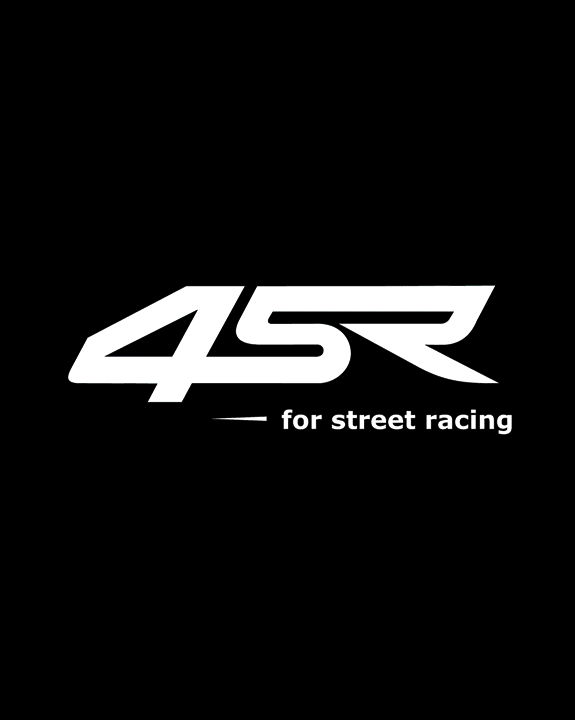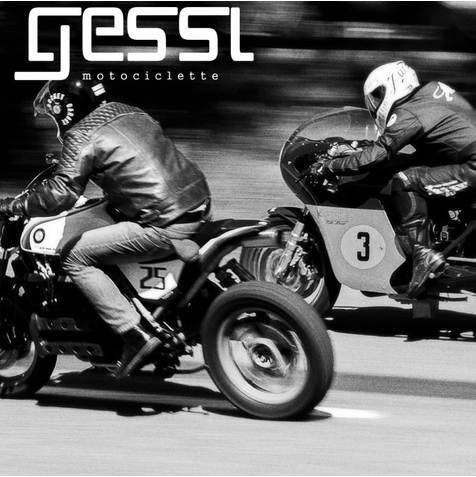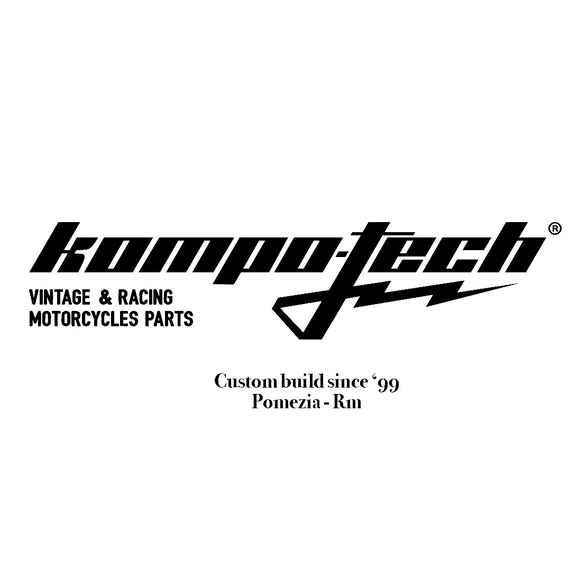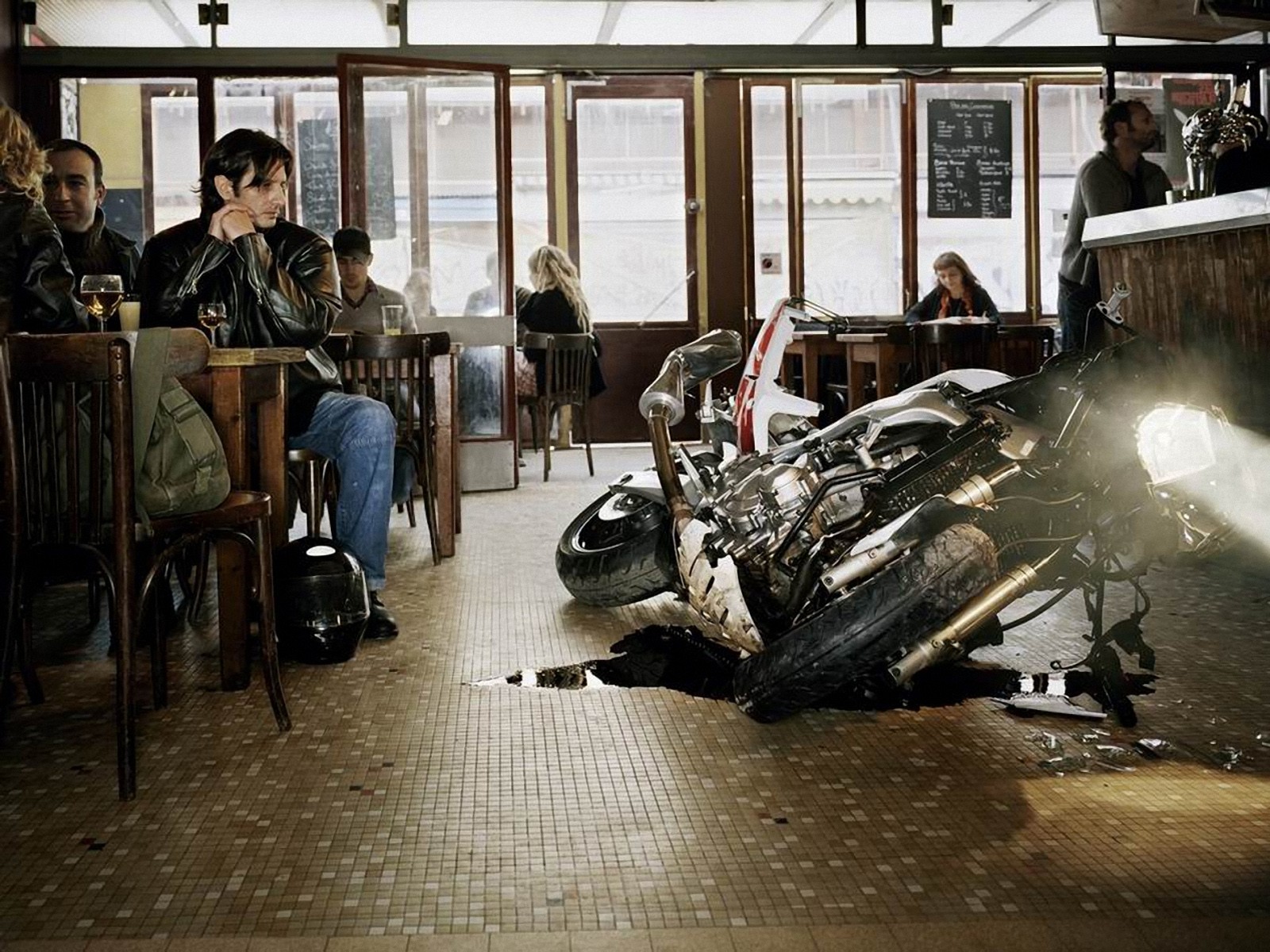When in the 90s makes the designer Sacha Lakic created the Bimota DB3Mantra everyone thought it was just a project, now after 20 years, once again with a totally new ...
The designer tells us about this project
Following the great response to the Honda CX500, we're keen to show you the latest concept - the Bimota Mantra 2 Cafe Racer by Sacha Lakic.
During a recent interview with the legendary French cafe racer magazine Moto Heroes, Sacha and Philippe Canville (the journalist) got to talk about the controversial Bimota Mantra designed in 1994 and Sacha got the question what the Mantra would look like if he designed it today, 20 years later?
As Sacha knows no better way than to reply with a drawing...a great image (attached) of the Mantra 2 was released in an 8 page coverage in the latest issue 14.
This time it's a pure Cafe Racer, with bodywork made out of aluminium sheets, no painting, a sophisticated and modern café racer that could be a part of the Bimota catalogue in 2016 !
DB3 Mantra
Designed by Sacha Lakic, the Mantra was one of the most unusually styled motorcycles of the mid to late 90's. Using a standard 904 cc M900 engine with a special four-muffler exhaust system, the output was 85.7 bhp at 7000 rpm. Every other component was different to the M900, and the Mantra was lighter and more compact. The trellis frame was constructed of oval section tubes, with a cantilever aluminium swing arm ands single Paioli rear shock absorber. This gave a wheelbase of 1370 mm (53.9 inches). Front forks were 43 mm Paioli, these providing rebound adjustments. The wheels were black painted 17 inch Marchesini fitted with 120/70ZR17 TX11 and 180/55ZR17 TX23 tyres. Though fully floating cast iron 320 mm Brembo front discs were featured on the publicity vehicles, the front brakes were standard 320 mm stainless steel discs with the usual Brembo P4 30/34 calipers. At the rear was a 230 mm disc with a brembo 05 Gold series caliper.
It was Lakic's yellow and black bodywork that was the most controversial from the front mudguard to the belly pan, every part a new styling experiment. The smoked black windscreen was designed to be easily removed and a small baggage compartment at the rear of the fuel tank could house a rainproof suit and gloves. The tank itself was a twin saddle style to give optimum weight distribution. Most of the ancillary components were also specifically designed and built for the Mantra. This included the chrome mirrors, later used by Moto Guzzi, white-faced instruments and CEV headlight.
In 1996 the Mantra front and rear sections were restyled, and the colours now included a red and black option. Two kits were available to bring earlier models up to the 1997 specification. There were also new handlebars, windshield, headlamp cowl, rear mudguard, uprated Michelin TX15 7 TX25 tyres and it was now fitted with Antera wheels as standard.
As with the DB2 there was a wide range of options available for the Mantra, some of the were, Bimota Alarm, engine up rating kit and a front fork kit. More sophisticated fork action through this kit included Titanium fork tubes, along with pre load and compression damping adjustment. Production of the Mantra commenced in September 1995, the total production being 454 unit until 1998. The final 50 were constructed in November of that year. The basic Mantra frame and running gear was then used for the DB4 of 1999.






























No comments
La libertà di opinione verrà rispettata sempre, nei limiti della legalità. Qualora si ravvisino commenti offensivi ovvero in violazione di una qualsiasi normativa in vigore, il commento verrà cancellato ma conservato (con il relativo indirizzo ip di pubblicazione) per una eventuale azione legale.